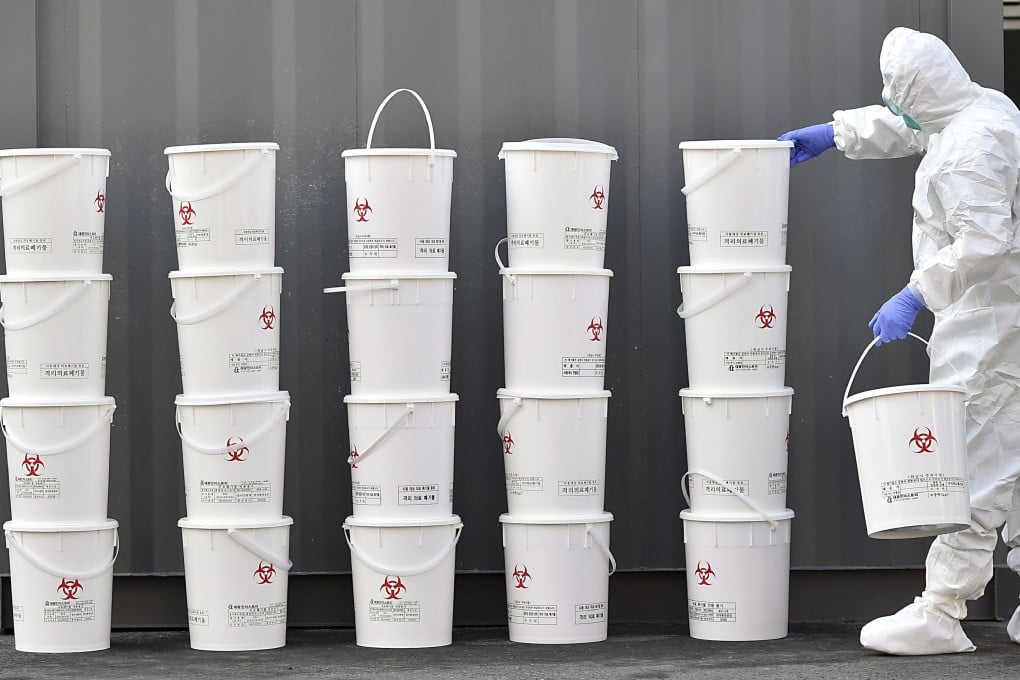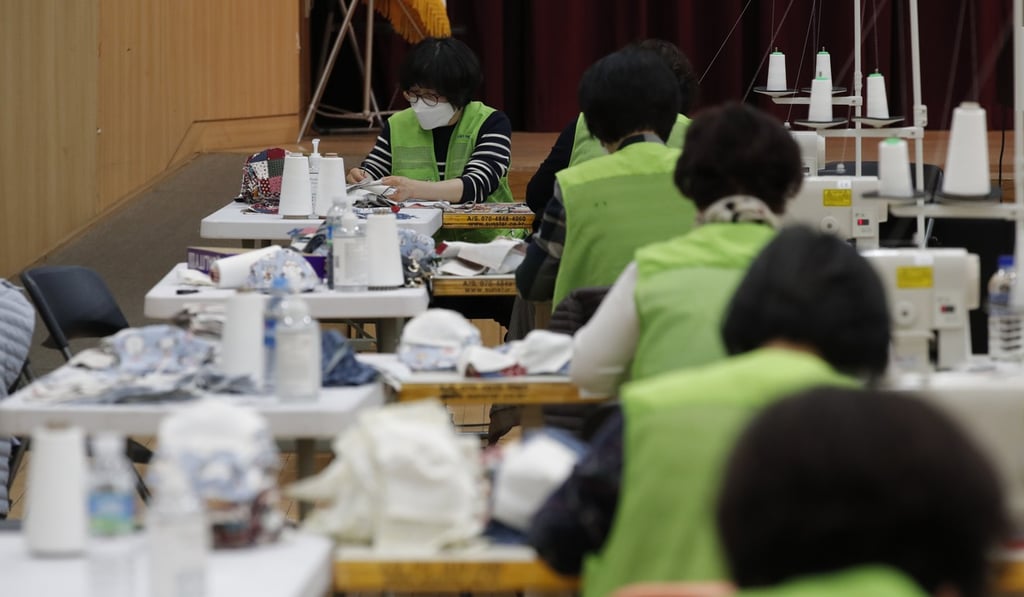Coronavirus: South Korea fears worst is not over as new clusters emerge
- A spate of new cases near densely populated Seoul is raising concerns of runaway cases nationwide
- The country has won praise from health experts around the world for its response, which has seen up to 20,000 people examined daily

Fifty-five cases were linked to the River of Grace Community Church in Seongnam, about 20km south of Seoul, where authorities say church officials inadvertently spread infection by using the same nozzle to spray salt water into the mouths of parishioners. Authorities have linked more than two dozen cases to two other churches in nearby Bucheon and Suwon, and 31 cases to a hospital in Bundang, also in Gyeonggi Province.
Health authorities have called for the suspension of religious gatherings and large events as part of social-distancing efforts aimed at halting the spread of the virus, a plea ignored by some churches that have continued to hold services as normal.

The KCDC on Wednesday also urged citizens to cancel all non-essential travel overseas as the number of imported cases continued to rise.